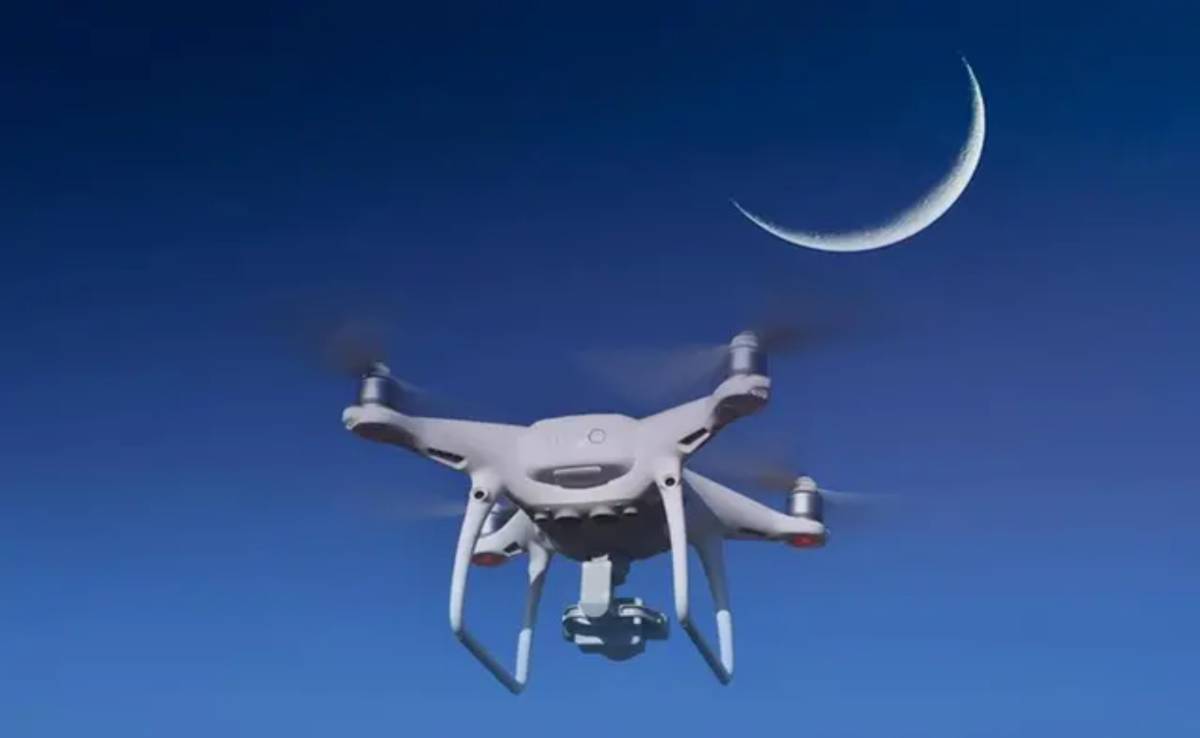Eid Al Fitr 2025: UAE to use AI and drones for Shawwal crescent sighting
Community invited to participate in sighting after sunset and submit testimonies

DUBAI: The UAE Fatwa Council has announced that the Shawwal Crescent Sighting Committee will convene today at the historic Al-Hosn site in Abu Dhabi to determine the start of Eid Al Fitr 2025.
This initiative will integrate artificial intelligence and drone technology, reinforcing the country's leadership in astronomical observation.
The meeting will be led by Sheikh Abdullah bin Bayyah, President of the UAE Council for Fatwa, alongside Dr Omar Habtoor Al Darei, Vice President of the Council, and experts in Sharia, astronomy, and law.
Eid moon sighting in UAE
Five national observatories equipped with AI-driven technologies will participate in the crescent sighting. These include Al-Khatim Astronomical Observatory, Jabal Hafeet Observatory, Dubai Crescent Observatory, Sharjah Astronomical Observatory, and Ras Al Khaimah Observatory.
The observatories will utilise advanced imaging and data processing tools to enhance accuracy in determining the birth and visibility of the crescent moon. This initiative reflects the UAE’s commitment to scientific advancements in moon sighting, ensuring reliable and precise results.
Drone-assisted observation
For the second consecutive time, drones will play a crucial role in the sighting process. Deployed from Al-Khatim Astronomical Observatory, these drones will ascend more than 300 metres above ground, capturing high-resolution images of the crescent moon.
The drones’ lenses will be directed towards the moon’s expected location based on precise astronomical calculations, overcoming atmospheric challenges that could obstruct the traditional visual sighting process.
Community participation
The committee has invited members of the public, particularly traditional moon sighters known as Al Shawwafs, to participate in the observation after sunset on March 29. Observers can submit their testimonies through official communication channels, contributing to the sighting’s verification process.
Additionally, coordination with multiple astronomical centres and agencies across the UAE aims to exchange expertise and strengthen the overall governance of the observation system.
Comprehensive media coverage will document the event, highlighting the UAE’s pioneering efforts in integrating modern technology with traditional moon sighting practices.